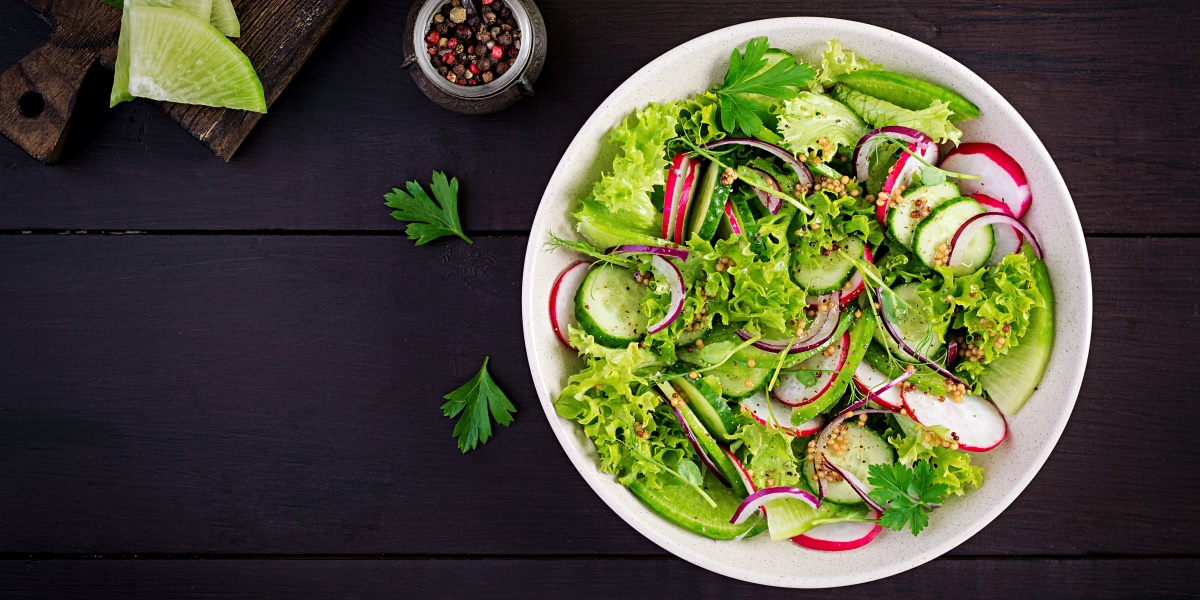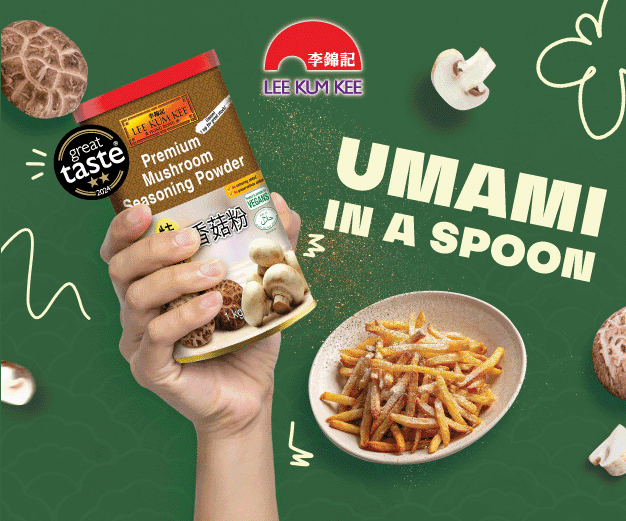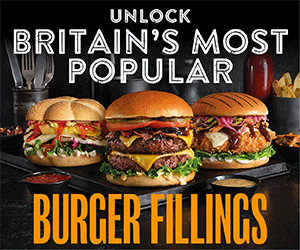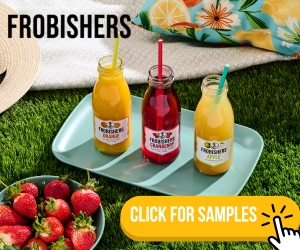Opinion: Promoting healthy eating

In the current economic context, healthy eating – and the expected associated costs – might not be top of the agenda for shoppers. But with the high fat, salt and sugar regulation (possibly) around the corner, how can brands and retailers push the benefits of heathy eating and successfully launch or promote healthier products? Julie Vigne, senior director of Savanta, explores key success factors and watch-outs from its latest Grocery Eye report...
Two-thirds of the UK population consider their eating habits to be fairly average when it comes to healthy food. Yet,there is an interest in eating healthier, with 24% stating that they have tried to eat more healthily in the last 12 months. This can be a challenge, though, with 27% of the UK adult population believing that the cost-of-living crisis will have a negative impact on their diet.
So, what are the success factors in this challenging context?
Activation at point of sale to stand out
This seems quite basic but it still holds true. Some 46% of shoppers mention becoming aware of new products at shelves, and 23% on grocers websites, Vs 40% through TV ads. Capturing shoppers’ attention as they browse remains by far the most efficient way to generate trial.
Social to create buzz
Word of mouth is a key source of information when it comes to new products, with just over one in four shoppers relying on recommendations. However, we also see strong differences in channels between generations.
Unsurprisingly in a TikTok era, gen Zs and millennials are much more reliant on online channels to find out about new releases, with 17% of the former getting their information from brand newsletters, 31% of the latter from comments on social media. The path to purchase is increasingly moving online, driven by younger shoppers.
Introductory offers to catch attention
Coupons and vouchers have strong appeal and are likely to play an even stronger role, as long as high inflation impacts the grocery sector. With strong expectations of healthier products coming at a premium, brands will need to not only demonstrate relevance but also value – and nothing will do that better than an introductory offer, especially if delivered at the point of sale.
Health message to convince
Better understanding of what is healthy is a key pillar of a healthier diet for a quarter of us, showing there is still a need for education. Fruit, veg, sugar, fat and salt content are all key considerations when assessing the healthiness of food, but with only 36% checking nutritional content labels, on-pack messaging including imagery needs to do all the heavy lifting.
Tasty message to reassure
Taste remains by far the main decision driver when buying food, and increasingly so as we get older (57% for gen Z Vs 78% for baby boomers), meaning this needs to remain a key element of the overall messaging.
There is no doubt that, as the rate of inflation continues to rise, the interest in healthy eating will be mitigated by a sharper focus on keeping costs down. But as shoppers look for better value for money, demonstrating that a product can be good for you and affordable at the same time can tap into our desire to be healthier. Like diets, messaging needs to be balanced and catch shoppers where they’re most likely to make a decision – at the point of sale.













